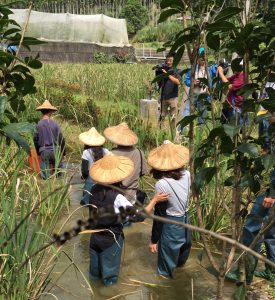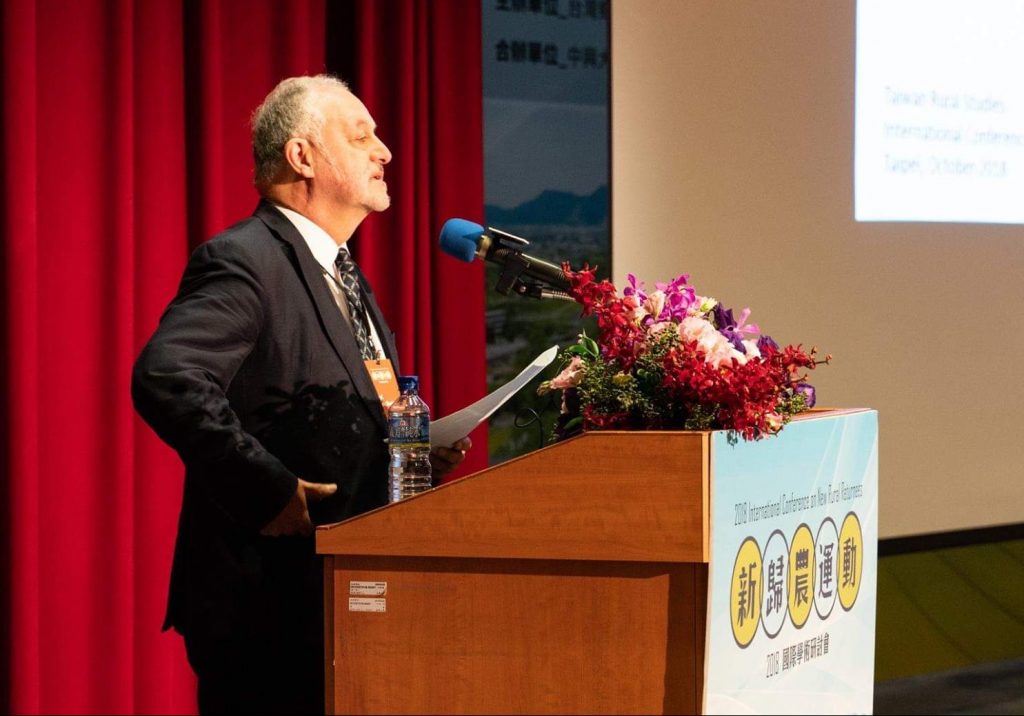Malcolm Green works with Newcastle University students as a storyteller, and for the last few years has been attending the New Networks For Nature Gatherings on behalf of the CRE. Here he describes the most recent Gathering, held 15th – 17th November.
This November was the 10th anniversary for the New Networks for Nature Gathering, held at the Stamford Arts Centre. The event was a hubbub of environmental artists, scientists, writers, musicians, and politicians sharing their disparate responses to nature, all wondering at one level or another how to approach the calamity of the rapid loss of British wildlife that has happened over the past 50 years.
This loss is something Michael McCarthy calls ‘the great thinning’. Creatures common a generation ago are now in danger of disappearing from these lands, including the curlew, the turtledove, the hedgehog and the seabirds of international importance on the British coastline.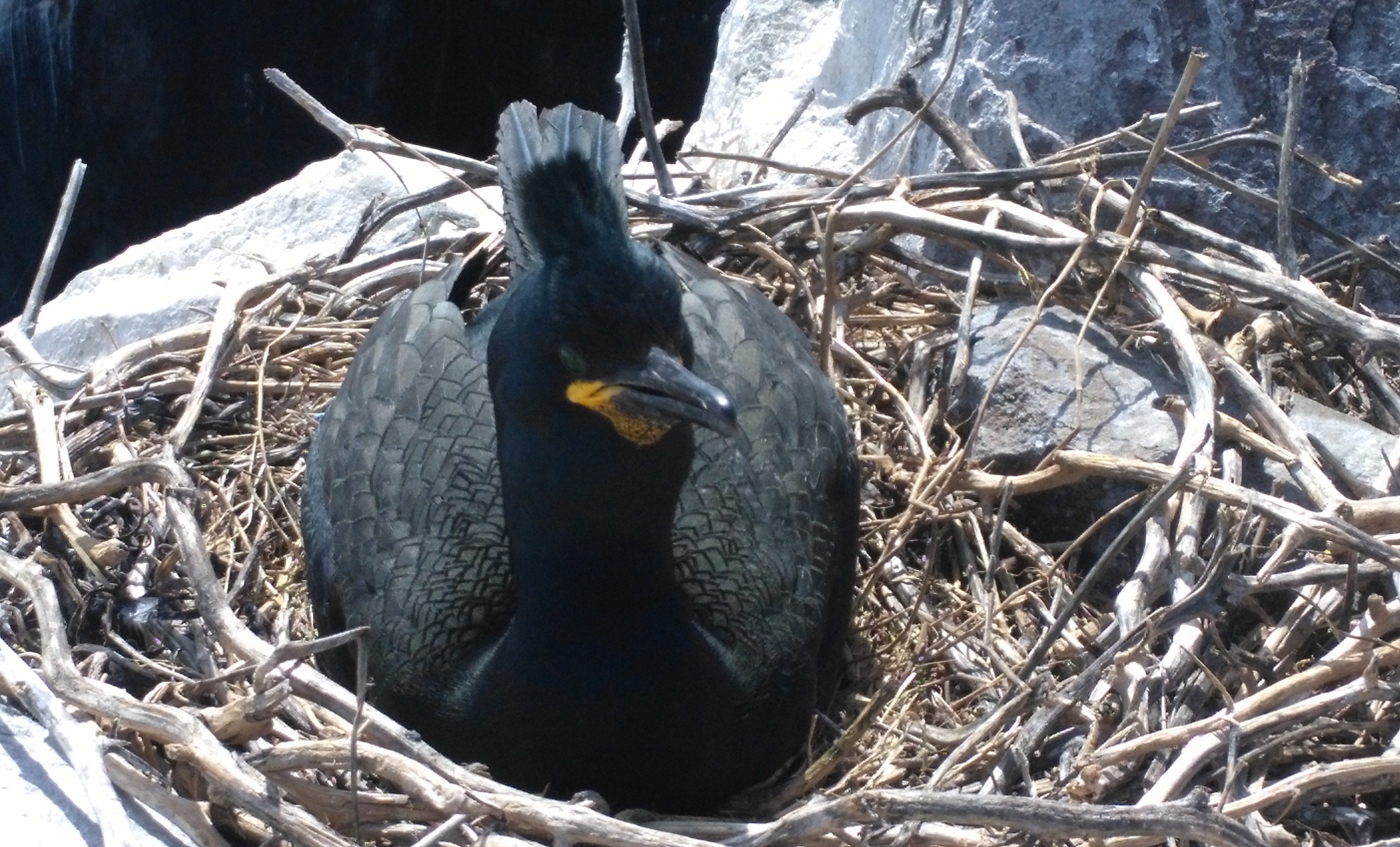 Euan Dunn, head of marine science for the RSPB, talked about the challenges facing seabird populations. Food stock decline brought on by climate change is thought to be the main factor in poor seabird breeding success, but this is exacerbated by over-exploitation of the seas. He outlined measures that may be taken to alleviate the problem, including controlling the excesses of the Danish sand eel fishery, which removes huge quantities of the birds’ main food source, and extending the marine protection area around the east coast of Britain to Bempton cliffs in Yorkshire.
Euan Dunn, head of marine science for the RSPB, talked about the challenges facing seabird populations. Food stock decline brought on by climate change is thought to be the main factor in poor seabird breeding success, but this is exacerbated by over-exploitation of the seas. He outlined measures that may be taken to alleviate the problem, including controlling the excesses of the Danish sand eel fishery, which removes huge quantities of the birds’ main food source, and extending the marine protection area around the east coast of Britain to Bempton cliffs in Yorkshire.
Adam Nicholson, author of the brilliant ‘Seabirds Cry’, talked about the need to see these birds afresh, in light of the extraordinary information gained from recent work in radio tagging. One kittiwake was shown to have gained a knowledge of the oceans far beyond what one might have expected in its thousand-mile search to find food for its offspring. A quite humbling and breath-taking feat.
A core theme of the gathering was the question: ‘what is nature, and what is it value when pitted against economic growth?’ This theme was raised by Mark Cocker, when talking about his book, ‘Our Place’. He asked the question, ‘how is it that a nation of nature lovers, with huge membership of wildlife organisations, allowed itself to preside over this catastrophic collapse in biodiversity?’ A part of the answer is that our consumer-oriented culture has inveigled itself into everything. Nature, instead of being a part of who we are, has been objectified.
This has inevitably affected the big nature conservation organisations (exemplified by the RSPB’s new logo, ‘Giving Nature a Home’). These organisations compete with one another for funding and for membership, and thus find it a challenge to speak with one voice. They also fear that negative stories will not be popular with their members, so tend to shy away from telling the more difficult truths. Lawrence Rose, who worked for the RSPB himself, said that they expect loss and are continually lowering expectations of their members. As such, they are complicit with the politicians.
Labour peer Baroness Barbara Young lamented the lack of any holistic thinking in government. She also highlighted the need to challenge the idea of ‘growth at any cost’, and the need for a radical new approach to children’s education – one that puts our place in the environment at its heart.
Following on from this, Green Party MP Caroline Lucas talked about the lifestyle changes that are needed to enable a sustainable environment, and how we should think of these as gains as opposed to losses: gains in peace, clean air, diverse wildlife, and mental and physical health, rather than a loss of consumer goods. For example, research has shown that 13 ½ mins a day spent amongst trees reduces by half the risk of depression. She also highlighted the fact that despite the obvious need for government leadership, the clout of environmental protection bodies within government have been eroded year on year, illustrated by the fact that 400 staff have been taken from Natural England to deal with Brexit.
There were so many rich offerings at the conference that it is not possible to do justice to them here. Central was the contribution of artists:
Three visual artists – Kate Foster, Rose Ferraby and Tom Baskeyfield – presented their work on soil, peat and stone, where there was an impetus to speak from the place of the material, rather than that of the artist.
Mark Cocker and Miriam Darlington, representing New Nature writing, talked of the current wave of enthusiasm for the genre, which marked itself out by stitching together ecology, cultural and personal experience.
Poets Jos Smith, Isabel Galleymore, Ben Smith and Luke Thompson talked about poetry and environmental activism, and explored topics including: working with scientists, the predicament of eels, and the need for vulnerability in our present climate.
There was also much discussion about engaging with nature through new technologies, in particular, the use of social media to reach out, and the various apps which help you know what you are encountering in the field.
The gathering culminated with the amazing saxophone music of Paul Winter, responding to wild creatures.
A note of significance: the Network’s ‘old guard’- Mark Cocker, John Fanshawe, Jeremy Mynott and Tim Birkhead, who set up New Networks for Nature 10 years ago – are stepping aside. Mark has already stepped down, Jeremy announced he was leaving this year, Tim will go next year and John the year after. They are being replaced by a new younger generation, who are increasingly taking on the role of organising future gatherings. This is a testimony to the sustainability of the concept and to the solid ground put in place by its founders.
In parallel to this, future gatherings will move to different venues in the country, thereby increasing the Network’s reach and influence. In 2019, the gathering will take place in York.

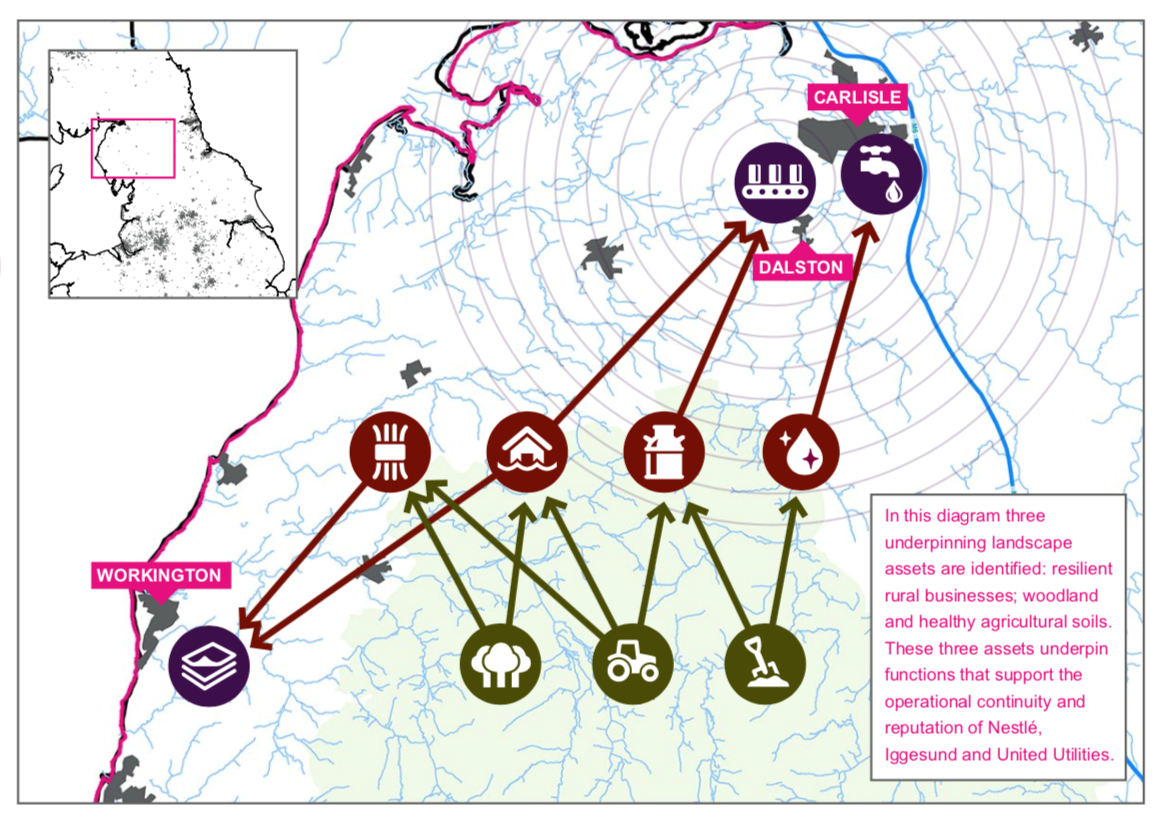 Why do we need the LENs approach now?
Why do we need the LENs approach now?
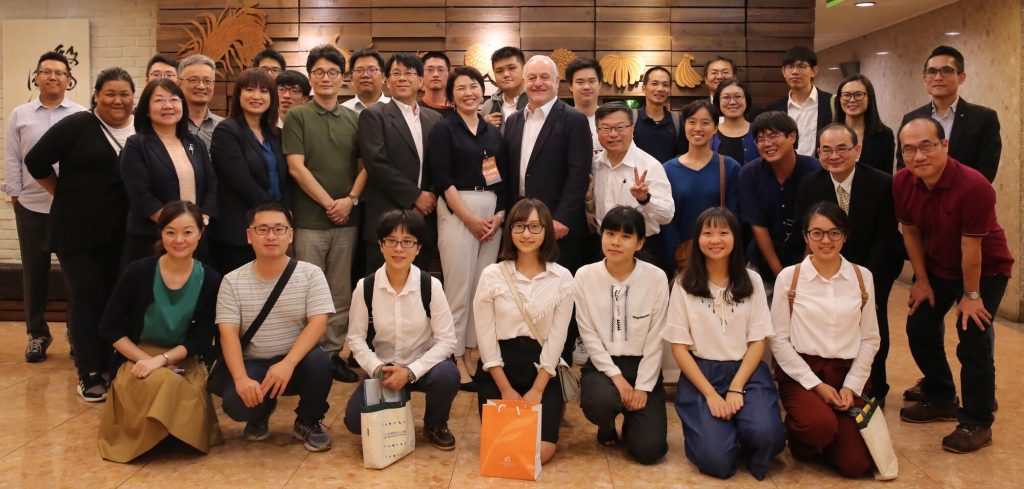 Last month I visited Taiwan, as a guest of the Taiwan Rural Sociological Society, to speak at an international conference in Taipei, to lecture at the National Taiwan University, and to visit rural communities and hear what they were doing. I also met the Minister of Agriculture,
Last month I visited Taiwan, as a guest of the Taiwan Rural Sociological Society, to speak at an international conference in Taipei, to lecture at the National Taiwan University, and to visit rural communities and hear what they were doing. I also met the Minister of Agriculture, 